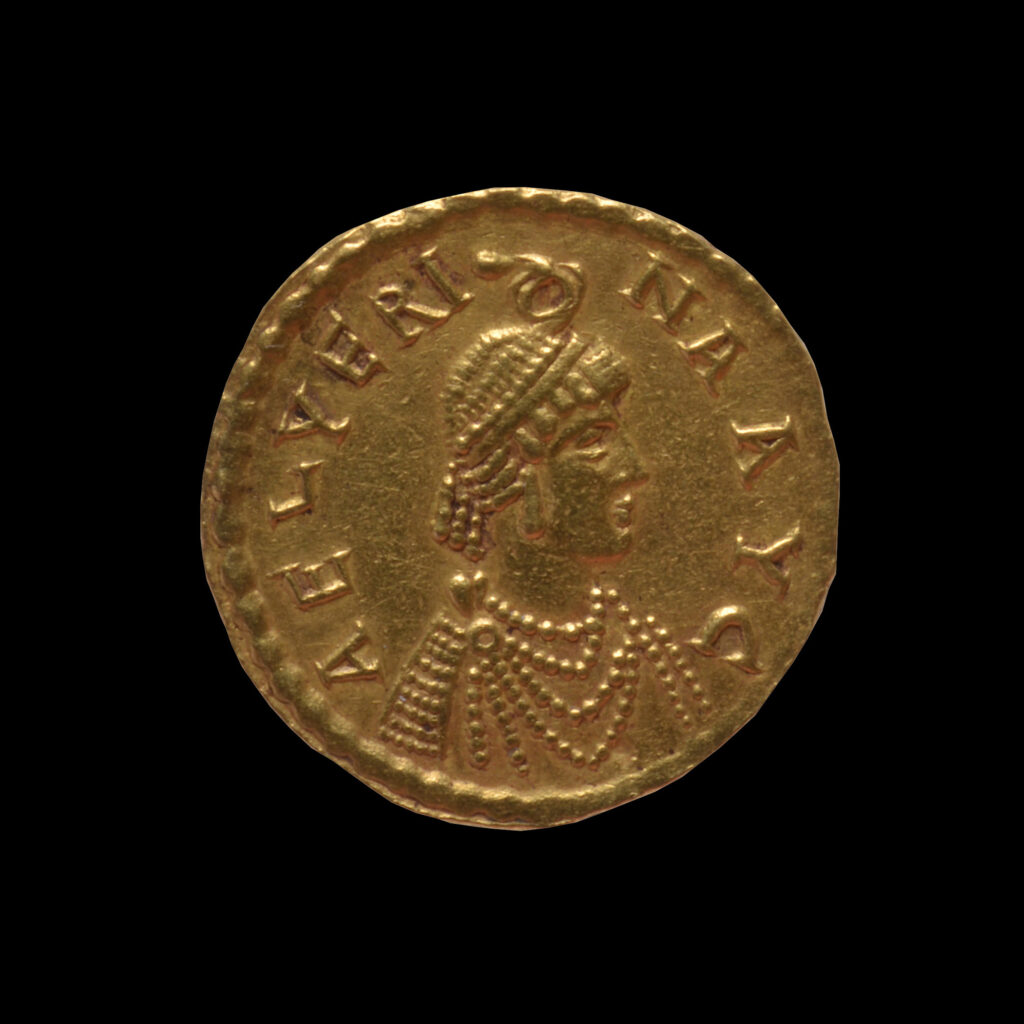The year 330, in which the empire’s new capital (‘New Rome’) was inaugurated by the Emperor Constantine I, is considered the conventional starting point for Byzantine history. The city was founded on the site of Byzantium, a colony founded by the Greek city state of Megara on the Bosporus, and has gone down in history as Constantinople.
The Early Byzantine period finds the vast empire covering most of the Mediterranean basin on the cusp between two worlds: Antiquity and the Middle Ages. It is an era in which the empire has to deal with constant incursions from the north. In 395, Emperor Theodosius I divides the empire into two: the western part centred on Rome and the eastern part centred on Constantinople. The western part will weaken and eventually succumb to the repeated raids launched upon it (476). In contrast, the Eastern Empire will survive, prosper, and become one of the key centres of the Medieval world.
This period, which is often called Late Antiquity, is a time of great intellectual ferment. Neoplatonic philosophers, Christian theologians and Roman jurists write some of the most important works produced by the human intellect. Christian art can come out into the open and contribute to the spread of the new religion, with new crafts developing to meet the needs of Christian rituals.
The 6th century is marked by the reign of Justinian I. The ambitious Emperor would set in motion a plan to regain the empire’s lost territories in the west, embark on the codification of Roman law, and implement a building programme throughout the empire whose crowning architectural achievement is the church of Haghia Sophia in Constantinople. Shortly after his death, the empire’s borders will be subjected to new attacks, and Byzantium will find itself in crisis. Emperor Heraclius will restore order and defeat the empire’s great enemy, Persia. Soon after that, the Arab threat will emerged on the horizon.
| 330 | Inauguration of New Rome (Constantinople) |
| 395 | Division of the Roman Empire into eastern and western parts |
| 410 | Sack of Rome by the Goths under Alaric |
| 476 | Fall of the Western Roman Empire |
| 527-565 | Justinian I: the Byzantine Empire at its maximum extent |
| 537 | Inauguration of the Church of Haghia Sophia in Constantinople |
| 622-628 | Heraclius’ war against the Persians |
| 626 | Unsuccessful Persian-Avar siege of Constantinople |
| 638-642 | Arab occupation of Syro-Palestine and Egypt |





